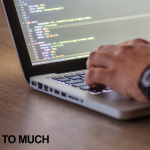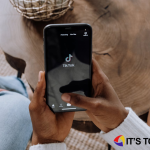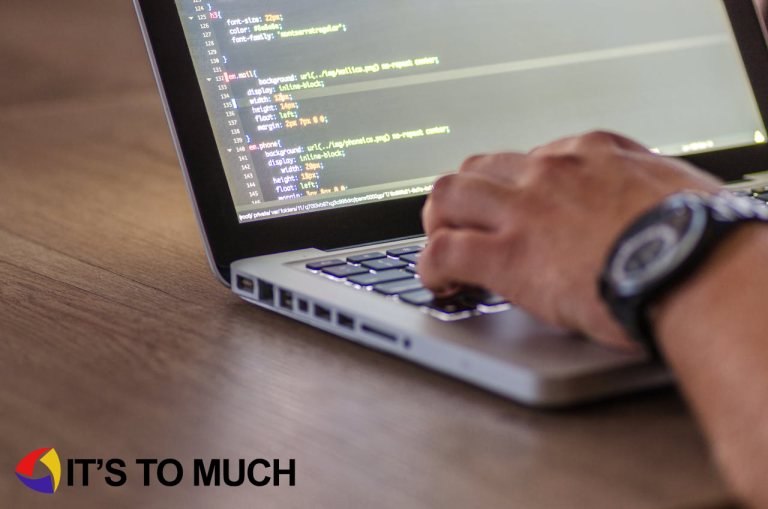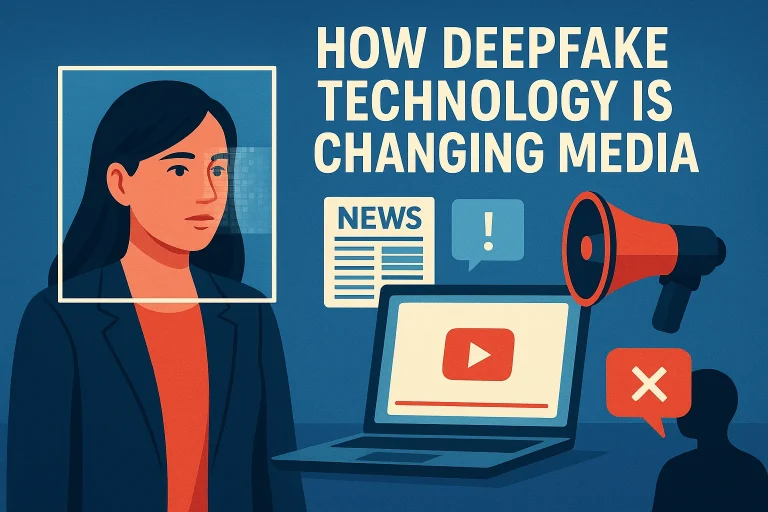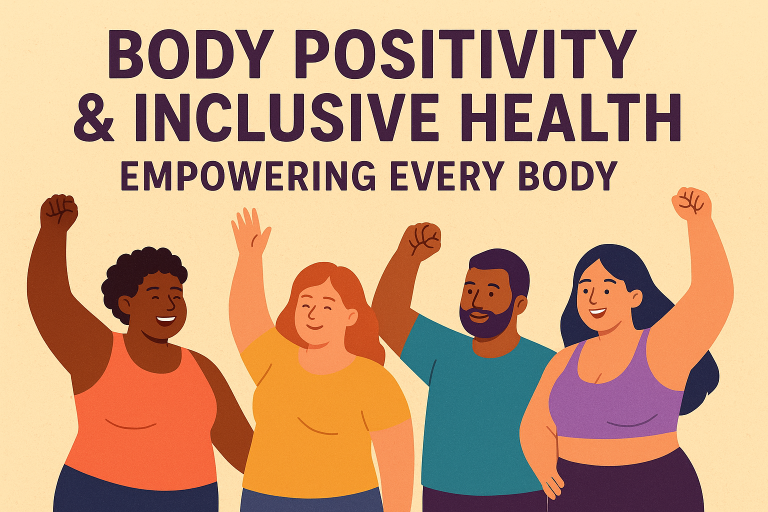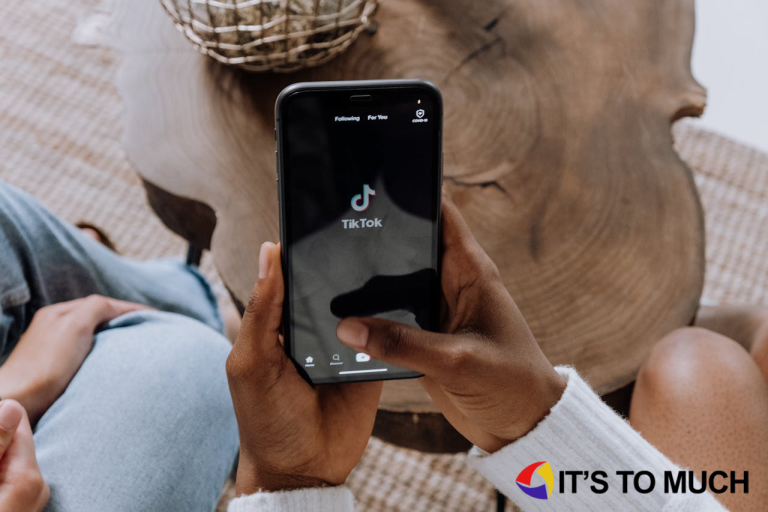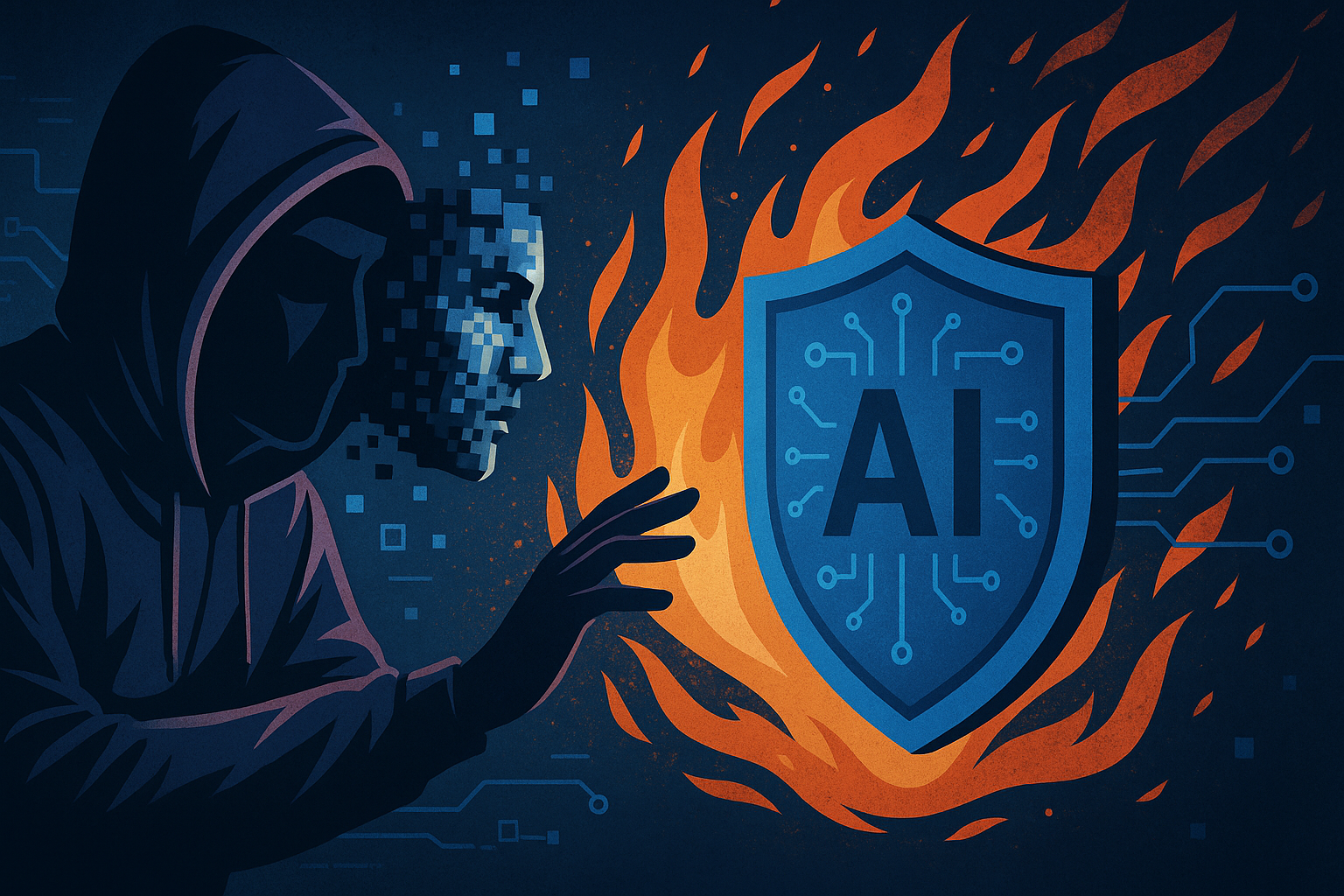
Using AI to Fight Fire
Deepfake technology has grown into a big online threat since it first came out. Using cutting-edge AI, it makes voices, movies, and pictures that look and sound like real life. What used to make people laugh online could now hurt trust and the truth around the world. These days, it’s very easy to make up fake political speeches, identity theft, and financial schemes. But the same AI that drives deception is also the key to defense. IT companies are now fighting fire with fire by using AI to Fight Fire. This fight will determine the future of digital authenticity and online integrity.
1. The Rise of Deepfake Technology
By using generative AI and deep learning together, deepfake technology makes fake media that looks real. GANs have made it possible for machines to perfectly copy how people look, sound, and make small changes to their expressions. What started out as a fun experiment has turned into a powerful tool for deception. The first versions looked basic and easily showed visual flaws and strange movements. But modern deepfakes are very accurate and almost impossible to spot by hand. Thanks to social media, they reached millions of people within hours of being made. Deepfakes now threaten the integrity of the media, politics, and the finances of global networks. Every believable fake hurts people’s trust in the truth and changes how we all see the world.
2. The Reasons Deepfakes Are So Dangerous
Deepfakes use people’s natural trust in what they see and hear to trick them. They make it hard to tell the difference between real and fake manipulation. Political deepfakes make up fake comments and events to trick voters. Corporate deepfakes let people pretend to be CEOs, which makes it easy for them to commit fraud. Deepfakes of people hurt their reputations and make it easier for people to blackmail or abuse others. Every fake person makes people less trusting of the media and digital communication. The danger goes beyond fake pictures to include social unrest. When people aren’t sure of the truth, false information has too much power. Lying is common on all platforms, and trust in digital information falls apart. Keeping people’s trust in the media is now a global moral and technological challenge.
3. AI vs. AI: The Digital Arms Race Right Now
Right now, tech companies are in an arms race that is getting more intense every day, thanks to AI. One side uses advanced generative models to make fake media that looks very real. The other makes AI systems that are smarter and can find hidden signs of manipulation. Detection algorithms look for things that aren’t right with the light, reflections, and small facial expressions. They look into weird noise patterns at the pixel level and deep learning fingerprints. Every time a detection method gets better, it makes it easier to make deepfakes that are more complicated. This never-ending loop shows the problems that exist in cybersecurity today across all digital ecosystems. Both sides are always coming up with new ideas, changing, and learning from each other. This ongoing battle can only be won by adaptive intelligence.
4. Key People Leading the Fight Against Deepfakes
A number of IT companies are leading the fight against the dangers of deepfakes. Each one adds a lot of processing power and specialized AI knowledge.
1. Microsoft: Project Origin and Content Credentials
Microsoft’s Project Origin uses digital provenance tracing to check the authenticity of materials. It has metadata that checks the video’s integrity and where it came from. Microsoft is also a member of the Coalition for Content Provenance, which includes Adobe and the BBC. This program sets standards for how to tell if content has been changed. Users can use their tools to find out if a video has been changed or is real.
2. Google: Problems with Finding Deepfake Datasets
Google put together a large library of deepfake movies for people to study. Using this dataset, AI models can learn to tell the difference between real footage and content that was made by a computer. They also started public detection challenges to get people to help them make better algorithms. Google wants to make it easier for detection science to move forward in a clear and collaborative way.
3. Facebook Meta: AI-Powered Openness and Finding
Meta made ways to find deepfakes for the billions of movies that are posted every day. Its AI looks for patterns in how sounds line up, how shadows move, and how faces move. Meta also makes rules that require AI-generated content to be clear. The company puts a lot of emphasis on being open about ethics and finding technologies that help with this.
4. Adobe: A push for real content
Adobe uses cryptographic content credentials to make sure things are real. When it was made, its system added secure metadata. Users can find out who took a picture or video and what changes were made to it. This openness helps people trust the production of digital media again.
5. DeepMind and OpenAI: Responsible Generative AI
DeepMind and OpenAI want to make AI that is safe and moral. They are looking into ways to add invisible watermarks to AI-generated outputs. Their goal is to make sure that future AI models include traceable authenticity. This stops people from using generative tools to make deepfakes that are bad.
6. Facial Dynamics Analysis
AI looks at the small facial expressions people make when they talk. Deepfakes often don’t copy small movements of the mouth or eyes. Detection models look at these differences one frame at a time.
7. Harmonizing Sound and Sight
Real videos have perfect lip motion and speech alignment. AI looks for milliseconds of difference to find changed content. People look at natural patterns in pitch, rhythm, and tone of voice.
8. Recognition of Biological Signals
Blood flow makes the color of human skin change a little bit. AI can pick up these tiny signals, which are called photoplethysmography (PPG), in videos. This biological authenticity is often lacking in deepfakes, revealing their synthetic nature.
9. Fingerprints of Noise and Compression
The noise pattern in each camera’s feed is different. AI finds differences between synthetic representations by looking at digital fingerprints. Inconsistencies in compression artifacts may show changed content.
10. Cross-Verification in Context
AI looks at timestamps, metadata, and information about events that are already known. When the content and contextual information don’t match up, red flags go up. This method helps check the accuracy of timeframes, stories, and faces.
5. Blockchain and How to Fight Deepfakes
Blockchain makes the process of verifying things better by using decentralized trust. Every authenticated photo or video is saved on a blockchain ledger that can’t be changed. This record is proof of integrity, origin, and timestamp that can’t be changed. Truepic and Amber Video are two projects that use blockchain to make sure that things can be traced back to their original source. The openness of blockchain makes it easier to verify evidence and harder to change it. Also, its decentralized structure stops corruption and central manipulation.
6. Real-Time Detection and Intervention
When content is put on digital platforms, real-time detection technologies watch it. AI systems quickly look at and flag videos that look suspicious or have been changed. This proactive approach stops false information from spreading too far. Websites like YouTube use AI to quickly check edited videos. Social networks use both smart screening tools and people to moderate. Layered defenses make it faster and more accurate to check the content of websites. Early intervention protects users from false stories and viral lies. Platforms quickly find risks, which helps protect society and reputation. The main goal is to stop problems from happening in the first place, not fix them after they happen. Real-time AI monitoring makes digital ecosystems safer and more reliable.
7. The Role of Governments and Regulations
AI detection tools need strong rules in place to be able to deal with the use of deepfakes successfully. Governments all over the world know that it’s important to protect digital authenticity. In many countries, deepfakes that are harmful or false are now against the law. The EU’s AI Act says that makers of synthetic media must be open about what they do. The US government is looking into rules for labeling AI-generated political content. Government agencies work with digital companies to find and stop new threats. Policies that are fair must encourage new ideas while keeping the public safe and holding people accountable. Technology, ethics, and rules all work together to protect people from online fraud. In the age of AI, only strong global governance can keep the truth alive.
8. Deepfake Risks Go Beyond Videos
Deepfake dangers are no longer just about visual deception. Audio deepfakes copy voices for social engineering and scams. Text-based deepfakes can make fake emails, texts, and even whole conversations. 3D deepfakes copy biometric data like faces, fingerprints, or movements of the body. You can even use real-time AI simulation to take over live video chats. These changes make it easier for hackers to get into systems and make it harder to tell who you are online. AI-generated forgeries threaten the trustworthiness of communication and authentication systems. False information and impersonation can hurt both people and businesses. To protect against deepfakes, you need to use different types of media and strategies. To keep identity and truth safe everywhere, technology needs to move quickly.
9. AI Models That Know What They Did
A new generation of AI models can now recognize the things they make. These technologies add unique, undetectable signatures to every file that AI makes. Every signature links content to its true source, just like DNA does. This built-in authenticity lets users check if the content was really made by artificial intelligence (AI). The method makes things more open without killing creativity or originality. It stays within ethical limits in AI-generated media while still making sure that people are responsible. Google, Adobe, and OpenAI are all doing a lot of research and testing on these ways to identify people. Their shared goal is to put in place safe, verified AI creation standards all over the world. These changes change the meaning of digital trust by making it possible to see and hold accountable the creation of machines.
10. Using Synthetic Media for Good: Turning Danger into Opportunity
Not all artificial things cause harm or lie. When used ethically, deepfake technology can be helpful. AI-powered voice restoration helps people get their speech back and their confidence back. Filmmakers are very good at finishing movies that aren’t done or bringing historical figures back to life. Museums use generative AI to bring back old music, voices, and art. These kinds of advances in education, culture, and creative legacy protect the future. Deepfake tools can help people work together artistically, feel empathy, and be more open to others. Openness and permission in synthetic media make it easier for people to express themselves. If you use a digital threat for a good purpose, it can become a chance for progress around the world. Deepfakes will definitely inspire, not trick, people into being more creative through ethical innovation.
11. Problems with finding next-generation deepfakes
It gets harder to spot next-generation deepfakes as AI models get better at looking real. Modern fakes are almost perfect at copying emotions, lighting, and shadows. They even copy background noise and camera movements to make it look real. Advanced voice cloning can perfectly capture pitch, tone, and emotion in a wide range of situations. This level of accuracy makes it almost impossible to find things by hand without AI help. Detection systems need to get better faster than generative technologies in order to keep working. Adaptive AI learns from new deepfake samples to make recognition more accurate. But every time detection gets better, the ways people trick you get smarter. This cycle that never ends feeds the conflict between what is real and what is not. To win the fight against deepfakes, we need to keep working together, be patient, and keep making progress in technology.
12. The Defense Alliance between AI and Humans
Even with advanced automation, digital defense still needs people to watch over things. AI systems can quickly find patterns, oddities, and signs of possible manipulation. But every detection has ethical consequences, context, and purpose that people can see. Journalists, forensic analysts, and fact-checkers add more levels of evaluation and confirmation. When put together, they make AI results that aren’t filtered into useful, reliable information. This partnership makes things more trustworthy and less biased or wrong. People bring understanding and kindness, while AI adds speed and precision. When used together, they make a strong defense against deepfake fraud. The Human-AI partnership ensures integrity, accountability, and equilibrium in digital truth. It shows that machine intelligence and human intuition will eventually be able to work together.
13. The Future of Deepfake Detection
AI technologies of the future will quickly check the legitimacy of content as it is being made. Smart cameras may have verification chips built in to give real-time proof. These chips will have digital signatures that prove where they came from and that they are original. AI watermarking will become the global standard for openness and trustworthiness. These subtle signs will ensure tracking content across platforms. Decentralized verification networks will replace centralized fact-checking systems. Blockchain-based systems could check for authenticity without any help from people. Every picture or video might have a built-in authenticity certificate. This change will change the meaning of “digital truth” to something that can be measured and proven. In the next ten years, AI-driven media integrity will enter a new era.
14. The best way to protect yourself is through education.
The best way for people to protect themselves from deepfake lies is still to know about them. People quickly stop believing false information once they realize it’s false. Education gives people the power to question what they see and share online. AI ethics and media literacy are now part of the digital curricula in schools. Colleges look into how easily people can be fooled by sounds and sights. Companies in the tech industry pay for programs that teach people how to tell the difference between real and fake content. Collaborative workshops help people in communities learn how to spot fake news. Critical thinking is the new literacy in the age of AI. A well-informed and cynical population is the best way to protect civilization. With knowledge, passive users become active guardians of the digital truth.
Conclusion
Deepfake technology tests how people relate to truth and trust. It makes it hard to tell the difference between reality, manipulation, and perception. But AI is the cure for this digital disease. Tech companies are fighting back by working together, being creative, and being moral leaders. People are working on algorithms that can find, track, and expose fake fraud. Blockchain, provenance systems, and watermarks are changing what it means to trust digital information. Both schools and governments want to keep the truth safe online. Technology is the evolving defender of authenticity rather than the enemy. By using AI to fight fire, we get back our faith in each other and in the digital world. In the fight against deepfakes, truth is learning how to fight back.
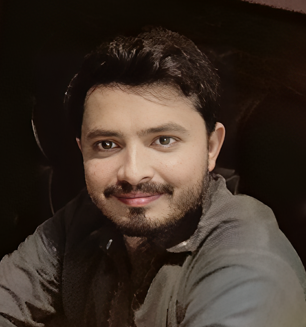
I’m a passionate blogger and senior website developer with an MPhil in Computer Science, blending technical expertise with a deep appreciation for the art of storytelling. With advanced knowledge of English literature, I craft content that bridges creativity and technology, offering readers valuable insights and engaging narratives. Whether building dynamic websites or exploring thought-provoking ideas through my blog, I’m driven by a commitment to innovation, clarity, and impactful communication.


